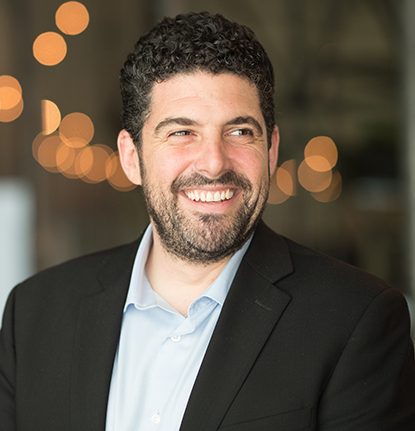First, how does one evaluate media beyond simply reach and frequency? Nevski urges the insights community to dive deeper into the topic.
“You need a real understanding of engagement. It’s about the engagement, it’s about the conversions, it’s about the clinical rates, it’s about spanning the data, or just researching the product, or in using the reviews. So you need to really be based on business needs, requirements and goals, you need to really understand what are those and based on that, we look at beyond that measurement of just exposure rate and frequency. So that’s how we build it,” says Nevski.
It’s also about delivering certain outcomes to meet stakeholder challenges.
Nevski observes, “If in my previous work, I needed to increase traffic to my website, but not only increase the traffic, but really understand what media is most efficient to not only drive traffic and engagement, but also conversion. And through that exercise, you’re not only understanding the path of the customer’s goal, but also what else are they looking at? Are they going through some review sites, product pages, news sites? So you start building that because you can track the exposure and you can track what they’re visiting, how often they visit, what else they’re doing. That’s the most challenging conundrum to solve, and that’s how you actually deliver customized experiences in a sense.”
It’s also very important to understand the different consumer segments such as Gen Z, Nevski points out, which have different needs and requirements. Following that, there is a lot of creative testing, of commercials, for example, and then measuring engagement and traffic. This can then lead to finding additional value for both the customer and the organization through more custom experiences. That’s a path to the present. But what about really predicting the consumer’s future behavior? The growth of AI looms large in the conversation.
Nevski continues, “Especially with the rise of AI, how can we actually predict future consumer behavior? For me, where it starts is really a deep understanding of the generational, not divide, but preferences. Again, you really need to understand your Gen Z, Millennials, Boomers. And based on that start building that predictive model, so that you can anticipate in the future. I think we’re going to see more application of AI in the near future to really analyze those gaps and provide some kind of roadmap on how to use and activate those segments based on their historical interaction and path of behavior.”
Check out the video for more of Michael Nevski’s conversation with Seth Adler on attention metrics, third party cookies, the pace of change, an agile approach to AI, new tools and technology, and more.
Contributors
-

Seth Adler heads up All Things Insights & All Things Innovation. He has spent his career bringing people together around content. He has a dynamic background producing events, podcasts, video, and the written word.
View all posts -

Matthew Kramer is the Digital Editor for All Things Insights & All Things Innovation. He has over 20 years of experience working in publishing and media companies, on a variety of business-to-business publications, websites and trade shows.
View all posts











































































